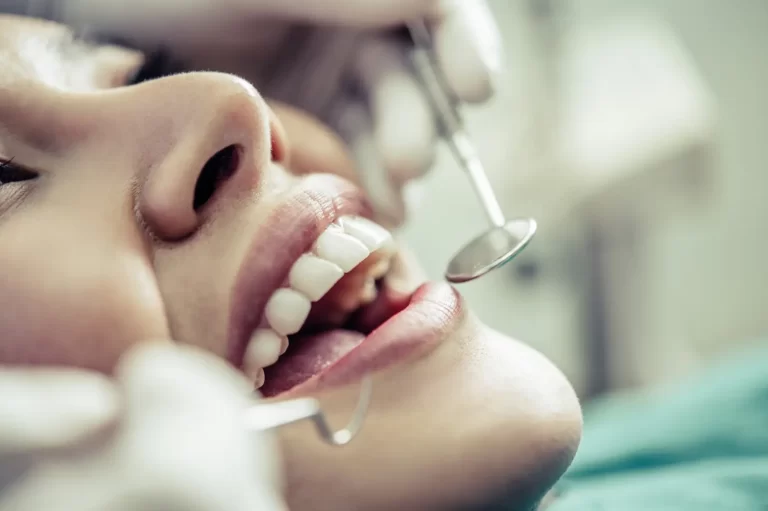Dental veneers can be removed and replaced.
Veneers are a popular cosmetic dentistry option, but there are instances where removal becomes necessary.
How are veneers removed?
Removing veneers requires a professional dental procedure.
The method used depends on factors such as the type of veneer, the condition of the tooth, and the reason for removal.
- Evaluation: The first step is to evaluate the condition of the veneers and determine the best approach for their removal. A dentist or dental professional will examine the veneers and may take X-rays to assess their placement and condition.
- Anesthesia: Before the removal procedure begins, the dentist may administer local anesthesia to numb the area around the veneers. This ensures that you don’t feel any discomfort during the process.
- Veneer removal: Once the area is numb, the dentist will carefully detach the veneers from the teeth. The specific technique used depends on the type of veneers and how they were bonded to the teeth.
- Cleaning and polishing: After the veneers are removed, the dentist will thoroughly clean the teeth to remove any residual bonding material or adhesive. They may also polish the teeth to restore their natural appearance.
- Further treatment: Depending on the condition of the underlying teeth, the dentist may recommend further treatment options, such as placing new veneers, dental bonding, or other cosmetic procedures to enhance the appearance of the teeth.
Reasons for veneer removal
Dissatisfaction with appearance:
While veneers can enhance smiles, some individuals may not be satisfied with the final result.
Whether it’s due to shape, size, or color, the option to have veneers removed provides the opportunity to explore alternative cosmetic solutions.
Underlying damage or decay:
In some cases, veneers may conceal tooth decay or damage.
If such issues arise, veneer removal becomes necessary to address the underlying dental health concerns.
Desire to return to natural teeth:
Over time, personal preferences may change.
Some individuals opt for veneer removal to return to their natural teeth, embracing their original smile.
Risks and considerations
- Tooth damage: Veneer removal poses the risk of damaging the underlying tooth structure. It is essential to consult with a qualified dental professional to minimize any potential harm during the removal process.
- Additional dental work: After veneer removal, additional dental work may be required to restore the tooth’s appearance and function. This may involve procedures like dental bonding or crowns.
- Sensitivity and discomfort: Patients may experience temporary sensitivity or discomfort during and after the veneer removal procedure. Dentists can provide appropriate aftercare guidance to manage any discomfort effectively.
Aftercare
Following veneer removal, proper aftercare is crucial to ensure a smooth recovery.
Dentists may recommend specific oral hygiene practices, prescribe medication if needed, and provide guidance on restoring the tooth’s appearance or function.
Take away
Veneers can be removed when necessary.
Dentists employ various techniques to remove veneers, and individuals may choose removal due to appearance dissatisfaction, underlying dental issues, or a desire to return to their natural teeth.
However, it is important to consider the potential risks, seek professional advice, and follow proper aftercare for a successful veneer removal process.



